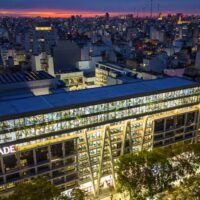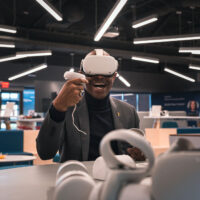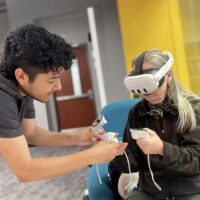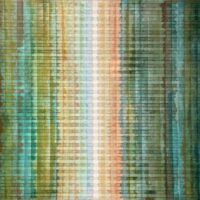The ASU Next Lab team was live at Engage 2025 this week, showcasing a suite of projects at the intersection of artificial intelligence, spatial computing, and immersive learning.
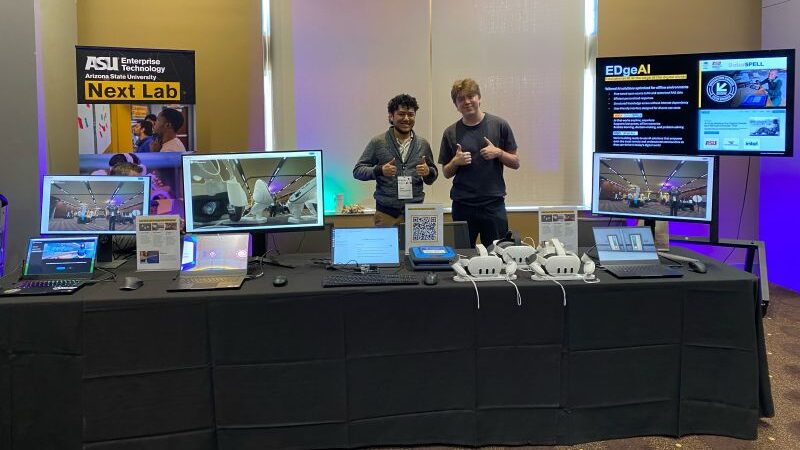
Our booth in the Ventana Room, Memorial Union, became a hub for exploration — where visitors experienced how design, technology, and storytelling can converge to shape the future of education.
Featured Experiences
🏥 Alder-Mayo
A collaborative project with Mayo Clinic, Alder-Mayo is a virtual stroke assessment simulator designed for medical training. The simulation features realistic 3D patients, facial motion capture, AI-driven voice recognition, and hand-tracking controls, allowing practitioners to experience and assess clinical decision-making in real time.
☀️ EDge AI
Developed in collaboration with the ASU SolarSPELL Initiative, EDge AI runs Meta’s Llama models on low-power NVIDIA Jetson Orin devices, providing AI capabilities offline — without internet or electricity. This innovation is expanding access to education and information for remote and underserved communities worldwide.
🎮 FutureScape
A gamified career exploration experience built in Unity, FutureScape lets middle school learners explore careers across 15 industries through interactive mini-games. Each simulation introduces real-world challenges and creative problem-solving — turning curiosity into a path toward purpose.
🤖 Engage AI Avatars
Built on the Engage multiplayer platform, this project enables users to create intelligent avatars that can answer questions, generate 3D models, and engage in contextual dialogue — redefining what’s possible in immersive, AI-enhanced environments.
Designing Futures, Together
At Next Lab, we view events like Engage 2025 as more than demonstrations — they’re collaborative prototypes of what’s next. Each project represents a microcosm of our broader vision: to explore how technology can expand human potential, deepen learning, and connect people across disciplines and geographies.
Innovation in education doesn’t begin with the technology itself, but with the questions it helps us ask — about creativity, access, and the future of human learning.
